Summary:
In this Art Journaling article, I will be answering these questions:
1- What does art journaling mean?
2- What are the benefits of art journaling?
3- What do you need to start art journaling today?
4- Tips for a fun and therapeutic art journaling session.
I made a very helpful digital 30-page journal/workbook that you can get here for only $5.
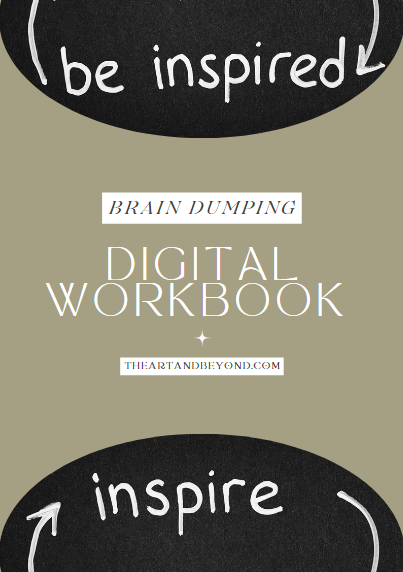
Disclosure: This blog post may contain affiliate links, which means I may receive a commission if you purchase the products I recommend. While purchasing the products I recommend won’t cost you any extra money, they will help me keep this blog up and running. Thank you for your support!
Some art journaling storytelling that you can skip through:
A couple of weeks ago, I was going through a lot of work-related stress and I decided to take a day off. I always journal, no matter how I’m feeling. But on that day, I really wanted to paint. God knows though the complex relationship I developed with painting when my mental health isn’t the best. So I decided, the second best thing to do was to art journal instead. Since that day, I’ve been craving to type this article.
Journaling is one of the many mental health-related habits that I genuinely thank my younger self for. And if I thought journaling in the past was awesome and therapeutic, creative or art journaling is the real deal y’all. It’s obviously creative as the name indicates already, super fun and of course therapeutic and very stress-relieving.
In this article, I will share with you what you need to know about creative journaling as a beginner, and also include some fun ideas for you to try if creative journaling is already part of your routine.
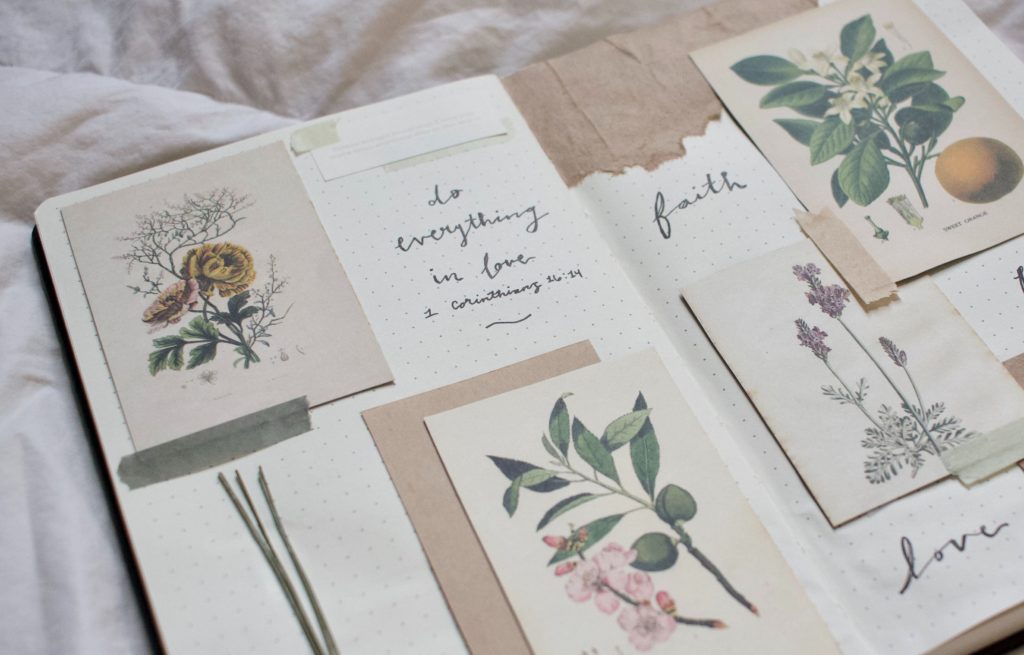
1- What does art journaling mean?
Art journaling simply means journaling but in a mix of written words (your feelings, normal set of journal prompts, poems, random thoughts, ideas,…) and art (doodles, collages, pictures of choice, drawings, paint strokes,…). There’s absolutely no rule or ready-to-use guide. You can get as creative as you want to be with it.
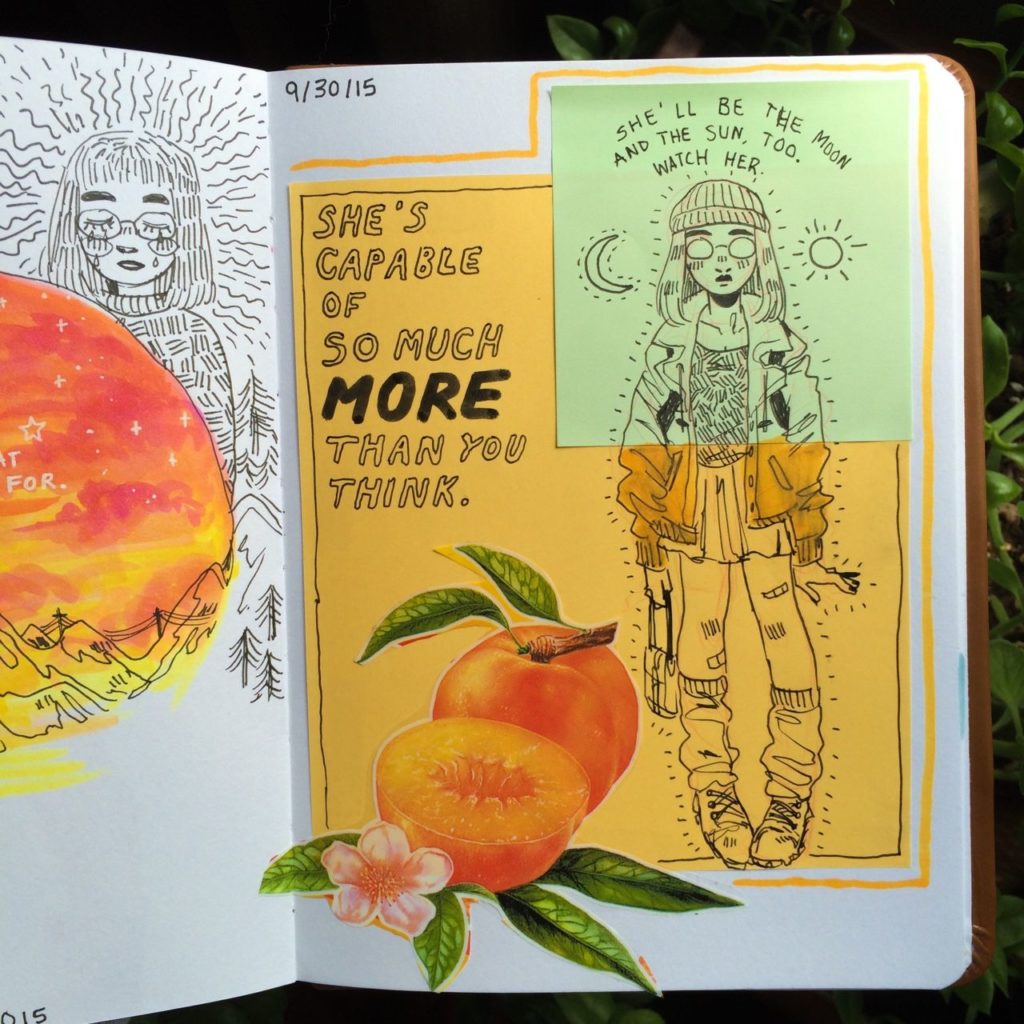
Growing up, we generally think that an artist is blessed with creativity and just has it as part of his DNA. But the truth is, maintaining creativity is just another challenging skill that requires practice and a set of predefined habits in order to become intuitive and automatic.
It’s for this reason that you want to include as many creative routines and habits as you possibly can in your day, and creative journaling is one easy effective way.
Check these articles if you’re interested in learning more about creativity:
12 Creativity Killers you can Avoid Today
Out of Creative inspiration? Check these Top Websites for Artists
5 Art Exercises to Boost Your Creativity
2- Benefits of art journaling
Creative journaling is a great way to freely put your skills to work, give your mind some space to get creative, and have fun creating. It happens because:
- The fact that creative journaling is a mix of both writing and art, calls your brain to use more intelligence and make new data connections and associations.
- If you find it hard or even cringy to just open up to your own self and easily write about your thoughts and ideas, writing what you can and leaving the rest to abstract and figurative forms of expression such as images, doodles, random picks, elements from nature, etc.. is a great way to reduce the mind fog and just have fun creating.
- As an artist, creative, or aesthete, we are very prone to comparison and negative self-talk. Most of the time we don’t even start a task just because we are afraid of failure, and not sure how it will go. But with creative journaling, you’re using your personal journal pages that nobody’s gonna see or judge and just enjoying every bit of it.
Let me mention a point before moving on to the next benefit. As I have previously mentioned in many articles, creativity is not innate. Creativity is the byproduct of action, consistency, and trial, more so of failure if you want my opinion. Do not tell yourself that a creative journal requires you to be a writer or an artist or whatever that you’re not. Just pick a page of your journal, a moodboard, a white paper, and start the action. No need to double think it.
More benefits of art journaling
- Creative journaling is also a great way to get a visual representation of what’s going through your mind, heart, and energy.
- The act of creative journaling is a great way to prove to yourself that you are actually capable of doing a creative task. This helps you gain confidence and encourages you to create more and more.
Implementing any sort of creative habit such as art journaling, helps you establish a system for reflection and review. You can use your journal pages to check on your progress in both opening up about your feelings, habits, and daily life events and the act of practicing any sort of art or visual representation of choice.
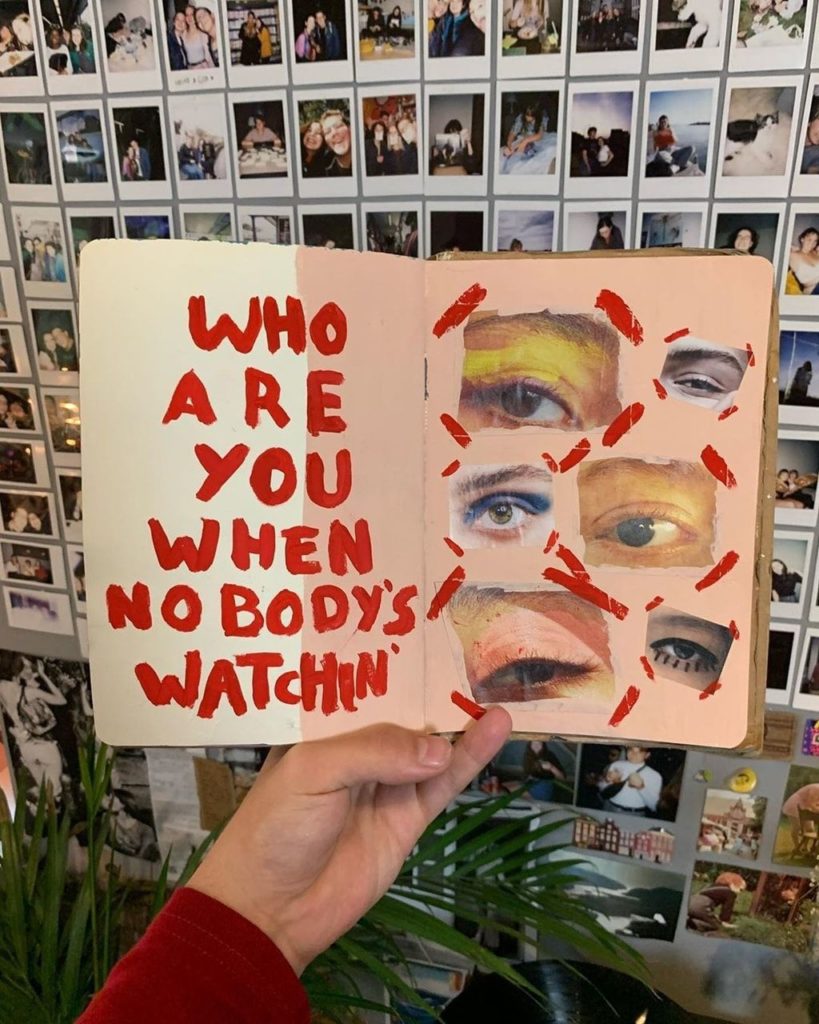
3- What do you need to start art journaling today?
It really requires a desire and a bit of boldness if you ask me. But as for the supplies, you will need:
- A journal (you can pick whatever your heart desires). But I recommend these
The steal like an artist journal
- Pens and markers of your choice.
- Pictures, drawings, sketches, and whatever element you feel like including.
Moving on to what you need as a behavior to start creative journaling:
Find your inspiration
This is very easy and doable, you can find tons of journal pages on Pinterest that would instantly inspire you to create your own. Decide which techniques you like the most, collages, drawings, random quotes, pictures of you and your loved ones, a certain aesthetic…
Art Journal about anything
Pick whatever topic that would keep you expressing yourself and do it. Here is some inspiration to start off with. For instance, write about :
- How was your day?
- The people you met today and the tasks/activities you shared together
- The activities you enjoy the most (could be sleeping and eating too)
- A recent challenge you’ve overcome
- Something you’re struggling with or overthinking about
- Write a letter to someone
- A description of the person you aspire to become
- Quotes you live by
- The negative self-talk you often tell yourself
- The best or worst decisions you ever made and what you learned from that
- Positive things about yourself
- Goals you have and want to achieve
- The core values that drive your life and work…
Art Journal daily
Okay, you can journal often if not daily. But journaling is the most therapeutic habit I’ve ever come across and I highly recommend you try your best to stick with it. In order for you to do so, you should make your journaling routine easy and fun, which I will cover in the last part of this article.
4- Tips for a fun and therapeutic creative journaling session
- How to make your art journaling session fun?
If you don’t do things right, anything could become boring and feel like a total waste of time. But creative journaling could be so addictive and become your new favorite ritual if you follow these tips:
i- Collect moments and visuals to include in your art journal
This is guaranteed to keep you excited about creative journaling and keep you going back to it. You will want to write about the date you went on when you have a cute picture of the sunset you watched together to build your journal page around. Journaling your goals will be a lot more fun when you’re treating it like a vision board and so on.
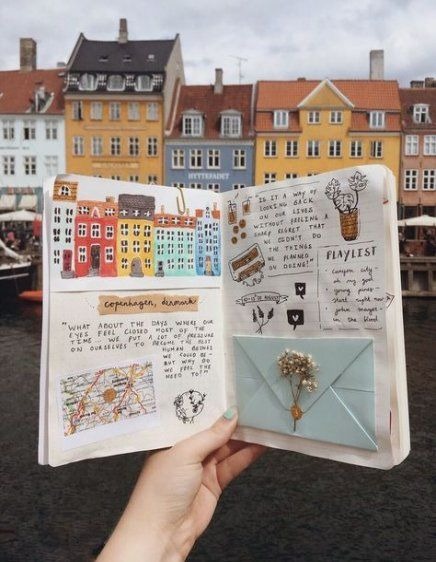
ii- Romanticize your art journaling moment:
Get in the vibe. Try to recall as many details as you can, related to what you’re trying to journal about. Light a candle, and put the visuals on display. You can also experiment with stickers, tapes, tags, envelopes, and wax stamps… Make sure your journal feels satisfying and aligns with your aesthetic and vision so it can be easier for you to keep it as a habit for longer.
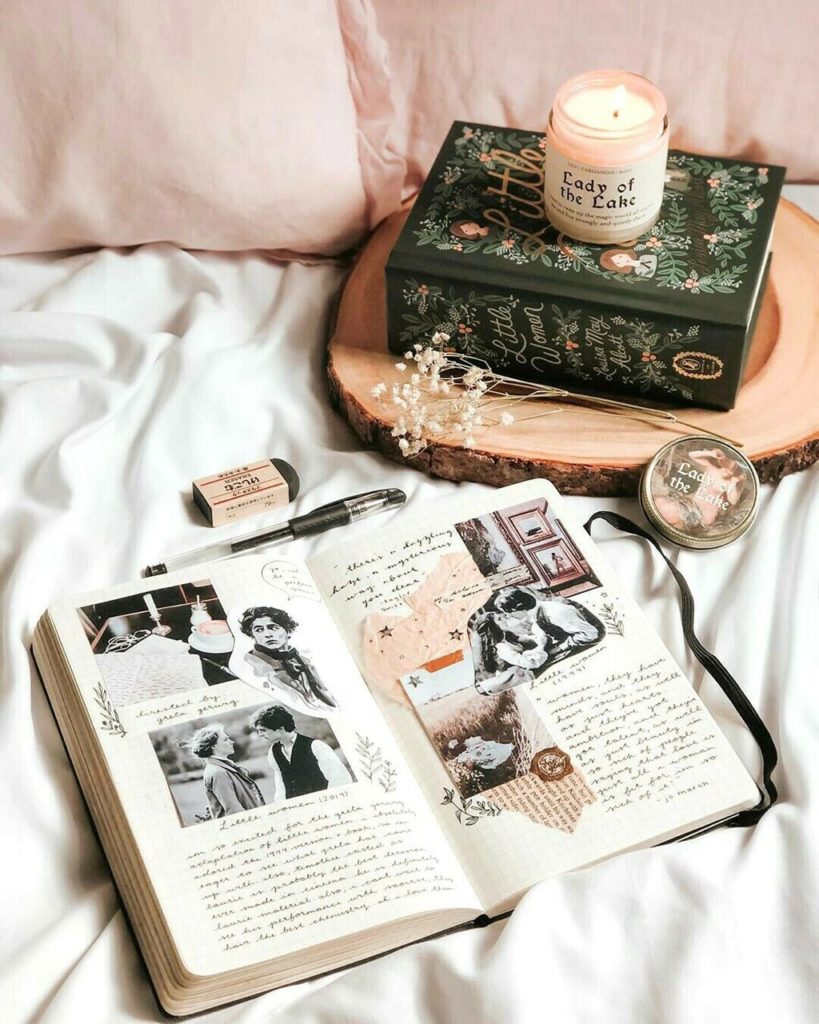
- How to make your art journaling session therapeutic?
i- Don’t limit yourself
No pressure, just write and experiment. Assume that nobody will ever read your journal. Not even you. Just get your thoughts on the pages. As Tim Ferriss has described it, journaling is really about trapping your worries and fears on a page so you can get on with your day. To see things clearly and so that your worries don’t “bounce around all day like a bullet ricocheting inside your skull.”
ii- Set a time for your creative journaling habit
You can find the moment of the day that works best for you. The Stoics (you may want to google this if it’s the first time you come across the word) believed that the two best times for reflection were in the morning and evening: Prepare for the day ahead; Review the day that just passed. Marcus Aurelius likely wrote his famous Meditations in the morning, while Seneca seems to have preferred the evening.
iii- Start easy and go harder
If you want to get the most therapeutic value out of your creative journaling session, I highly recommend you start casually with the things that don’t have as much emotional value. Austin Kleon, the author of Steal Like an Artist, explained that he starts his journaling with a list of casual things that happened throughout the day. People he met, tasks he handled, etc.. It’s easier to keep a habit when it’s easy and friendly to lazy people.
Once you’ve mastered that part, you can now start asking yourself the hard questions: Why do I care so much about impressing people? Why do I keep hiding who I truly am from people? What am I avoiding? Do I rule my fears, or do they rule me?
The point here is to really not only enjoy the creative part but also gain the mental health benefits of journaling.
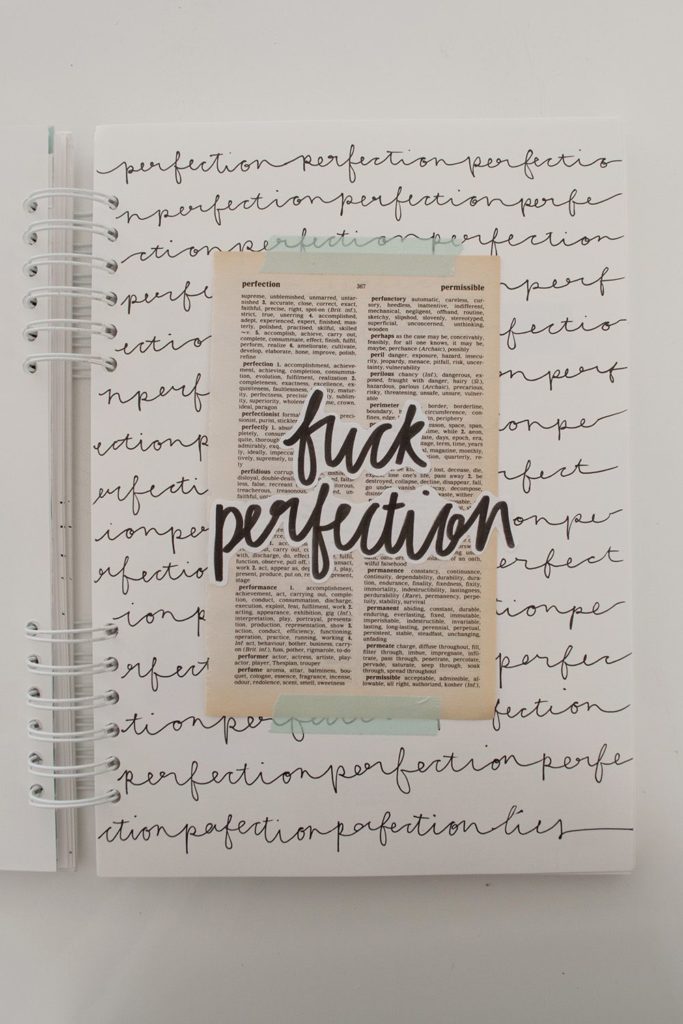
iv- The Art of the unsent Angry letter – Strategy by Ryan Holiday
Whenever Abraham Lincoln felt a pang of anger towards someone, he would write them a letter…which he would then never send. He would “put it aside until his emotions cooled down,” as one historian explained. Your journal can similarly become an outlet for your emotions and feelings towards someone so you can then approach them in person in a calm and rational manner. Say the things, process the things that you would love to be able to say out loud but can’t or won’t. You’ll feel better — and you’ll always have something to say.
Conclusion
Creative journaling is another form of art therapy that could be very beneficial to you. It helps relieve everyday stress, connects us with ourselves on a deeper level, and boosts our creativity. If you’re willing to try it, don’t forget to share that with me in the comments section or via my social media platforms.



thank you for all the inspoooo
This is a terrific article. I loved the part about starting easy and not about things that are too personal. You can do that later if you want. I am finishing up my first journal and after thinking about it for a long time, I decided to make a quotations art journal. So I have printed out quotes about life and also about flowers that inspire me: The art is mostly flowers, nature, butterflies and bees. Has been great for my mental health!
Oh that’s so lovely to hear! I also do that often as to where some pages of my journal look like cottage core heaven with farm animals, flowers, beautiful dainty homes and they make me feel soo good and happy
thank you so much ..your articles are always so inspiring ,motivating and knowledgeful ..but i am sure there can be so much i want to learn from you ..i would like to ask how may i express my feelings in better way like i am really bad with expressing my feeling .whenever i start writing down my feeling all the thoughts and feeling just try to come but and end up i couldn’t pen down any of them. i really wanna express them in my art . so may you please guide me or send me some samples if possible
Hey Avani, I totally feel you! I will reach out to you by email <3
Your comprehensive guide to art journaling offers valuable insights into its therapeutic benefits and practical tips for beginners. Thankyou for such a wonderful. Also I’m curious How do you suggest overcoming creative blocks or resistance when starting an art journaling practice?
Hello there! I have previously shared an article about practical tips to beat art blocks for art, and I believe those would work just fine for journaling as well. But I will make sure to write specifically about creative blocks when starting an art journaling practice.